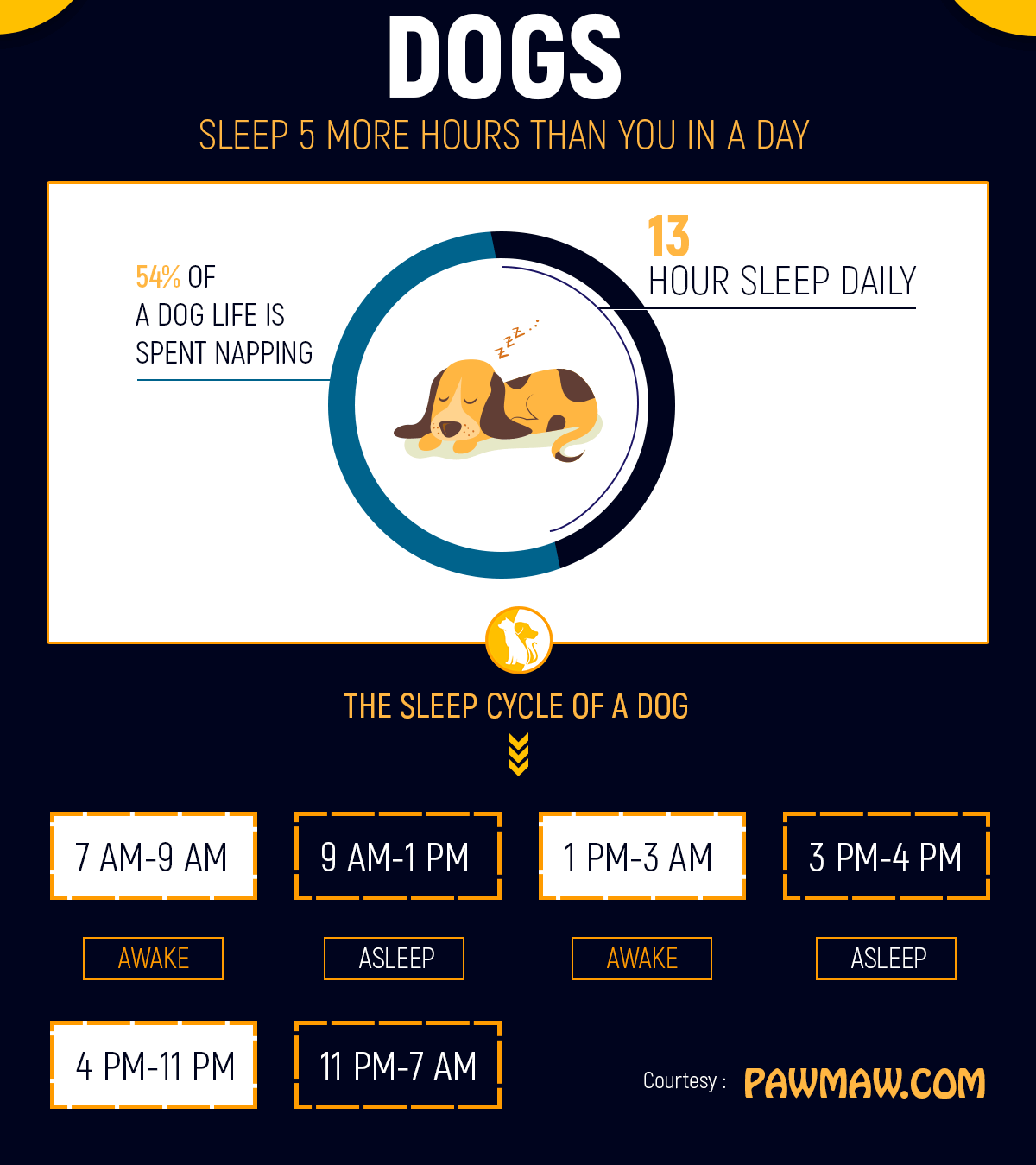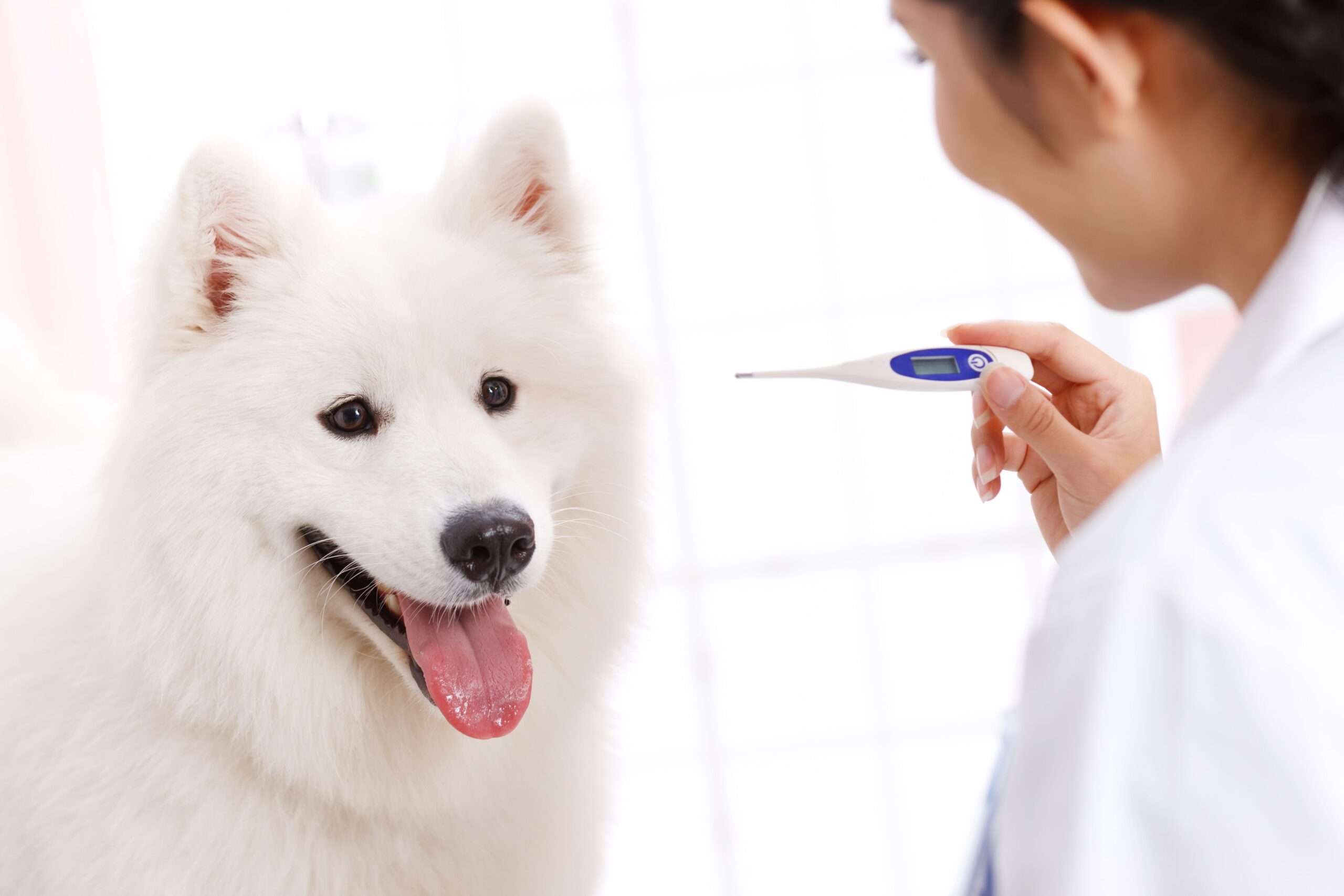Key Takeaways:
- When a dog sleeps on their back, it typically indicates that they feel safe and comfortable in their environment.
- Dogs may sleep on their backs to regulate body temperature and cool down.
- Sleeping on the back allows dogs to fully stretch out and relax their muscles.
- This sleeping position also exposes the dog's vulnerable belly, indicating trust and submission.
- If your dog suddenly starts sleeping on their back more frequently or exhibits discomfort, it is important to consult a veterinarian for any underlying health issues.
Are you curious about why your furry friend sleeps on their back? Well, get ready to uncover the fascinating reasons behind this adorable behavior. Understanding why dogs sleep on their backs can provide valuable insights into their overall well-being and happiness. It's like discovering a secret code that unlocks a deeper connection with your canine companion. So, let's dive into this intriguing topic and unravel the mystery of why your dog chooses to snooze on their back. Get ready to be amazed by what you'll learn!
Why do dogs sleep on their backs?
Dogs sleep in various positions, and one common position is sleeping on their backs. There are a few reasons why dogs may choose to sleep in this position. First, it could be a sign of trust and comfort. When a dog sleeps on its back, it exposes its vulnerable belly, which is a sensitive area for them. By sleeping in this position, they are showing that they feel safe and secure in their environment.
Sleeping on their backs also helps dogs regulate their body temperature. When they sleep on their backs, their stomachs are exposed to the air, which can help cool them down if they are feeling too warm. Additionally, sleeping on their backs allows for better airflow around the body, which can help with overall comfort during sleep.
What does it mean when a dog sleeps on its back?
When a dog sleeps on its back, it can indicate different things depending on the context and the individual dog's behavior. In general, though, it often means that the dog is feeling relaxed and content. Dogs who sleep on their backs may be showing signs of trust and submission towards their owners or other animals in the household.
On the other hand, some dogs may simply find sleeping on their backs more comfortable due to personal preferences or physical factors such as joint pain or muscle tension relief. It's important to consider each dog's unique personality and behavior patterns when interpreting why they choose certain sleeping positions.
Benefits of dogs sleeping on their backs
Sleeping on their backs offers several benefits for dogs:
- Comfort: Sleeping in this position allows dogs to stretch out fully and relax all of their muscles.
- Pain relief: If a dog is experiencing any joint or muscle discomfort, sleeping on their back can help alleviate pressure and provide relief.
- Temperature regulation: By exposing their belly to the air, dogs can cool down if they are feeling too warm during sleep.
Risks and concerns of dogs sleeping on their backs
While sleeping on their backs is generally safe for dogs, there are a few risks and concerns to be aware of:
- Vulnerability: When a dog sleeps on its back, its belly is exposed, which can make them more vulnerable to potential harm or attacks from other animals. It's important to create a safe environment for your dog while they sleep.
- Breathing difficulties: Some breeds with short snouts or respiratory issues may have difficulty breathing when sleeping on their backs. If you notice your dog struggling to breathe in this position, it's best to consult with your veterinarian.
- Injury risk: Dogs who frequently sleep on their backs may be at a higher risk of developing pressure sores or skin irritations due to prolonged contact with hard surfaces. Providing comfortable bedding can help mitigate this risk.
Signs that a dog is comfortable sleeping on its back
To determine if a dog is comfortable sleeping on its back, look for these signs:
- Relaxed body posture: A dog that feels at ease will have loose muscles and may even twitch or move slightly during sleep.
- No signs of distress: If the dog appears peaceful and shows no signs of anxiety or fear while sleeping on its back, it indicates comfort.
- Normal breathing patterns: The dog's breathing should be calm and regular, without any signs of difficulty or labored breathing.
Do all dog breeds sleep on their backs?
No, not all dog breeds sleep on their backs. Sleeping positions can vary among different breeds and individual dogs. Some breeds may naturally prefer sleeping on their backs, while others may choose different positions based on their comfort level or physical characteristics.
For example, smaller dogs like Chihuahuas or Dachshunds may curl up in a ball for warmth and security during sleep. On the other hand, larger breeds like Great Danes or Greyhounds may stretch out fully or sprawl in various positions to relax their bodies.
The connection between a dog's sleeping position and its health
A dog's sleeping position can provide insights into its overall health and well-being. While it's important to consider each dog as an individual, certain patterns may indicate potential health issues:
- Restlessness: If a dog frequently changes positions during sleep or appears restless, it could be a sign of discomfort or pain.
- Limping after waking up: Dogs that consistently show signs of limping or stiffness after waking up from certain sleeping positions may have underlying joint issues that require veterinary attention.
- Sleeping excessively: If a dog consistently sleeps for long periods throughout the day without engaging in normal activities, it could be a sign of illness or fatigue.
Observing your dog's sleeping habits and discussing any concerns with your veterinarian can help ensure their overall health and well-being.
In conclusion, dogs may sleep on their backs for various reasons. It could be a sign of comfort, trust, or simply a way to cool down. It is important to observe your dog's behavior and consult a veterinarian if you notice any unusual sleeping positions or changes in their overall health.
Why does my dog sleep on his back with his legs in the air?
Dogs may choose to sleep on their back with their legs up in the air as a way to stay cool. This position allows cold air to reach their belly. It can also indicate that they feel comfortable and trust their sleeping environment.
What does it mean when a dog lays on its back with paws up?
During hot weather, you may observe that your dog is lying with their paws in the air more frequently, which indicates that they need to cool down. According to McDermott, dogs typically sleep on their back to regulate their body temperature. By exposing their paws, they can release heat and cool off.
Is it unhealthy for a dog to sleep on its back?
The only risk of a dog sleeping on its back is that it may slip and fall off the bed due to its extreme relaxation. Other than that, there are no issues.
How do dogs lay when sick?
According to Holmboe, if a dog is feeling sick, it may curl up in a ball. If you notice this unusual behavior in your dog, it is recommended to monitor them closely and possibly schedule a check-up with your vet.
Do dogs sleep with the alpha human?
When your dog chooses to sleep right beside you, it is a sign that he trusts you as his "alpha" human. Your close proximity gives him the sense of security and comfort that pack dogs naturally seek when they sleep.
What does it mean when a dog curls up next to you?
When your dog snuggles up to you, it is showing that it considers you as part of its pack. This action signifies love, intimacy, and a strong bond, as your furry friend feels secure and protected in your presence. It is a continuation of the bonding that started when you and your dog first crossed paths.

















